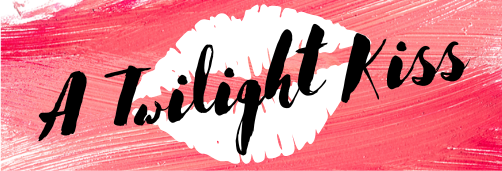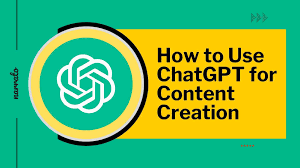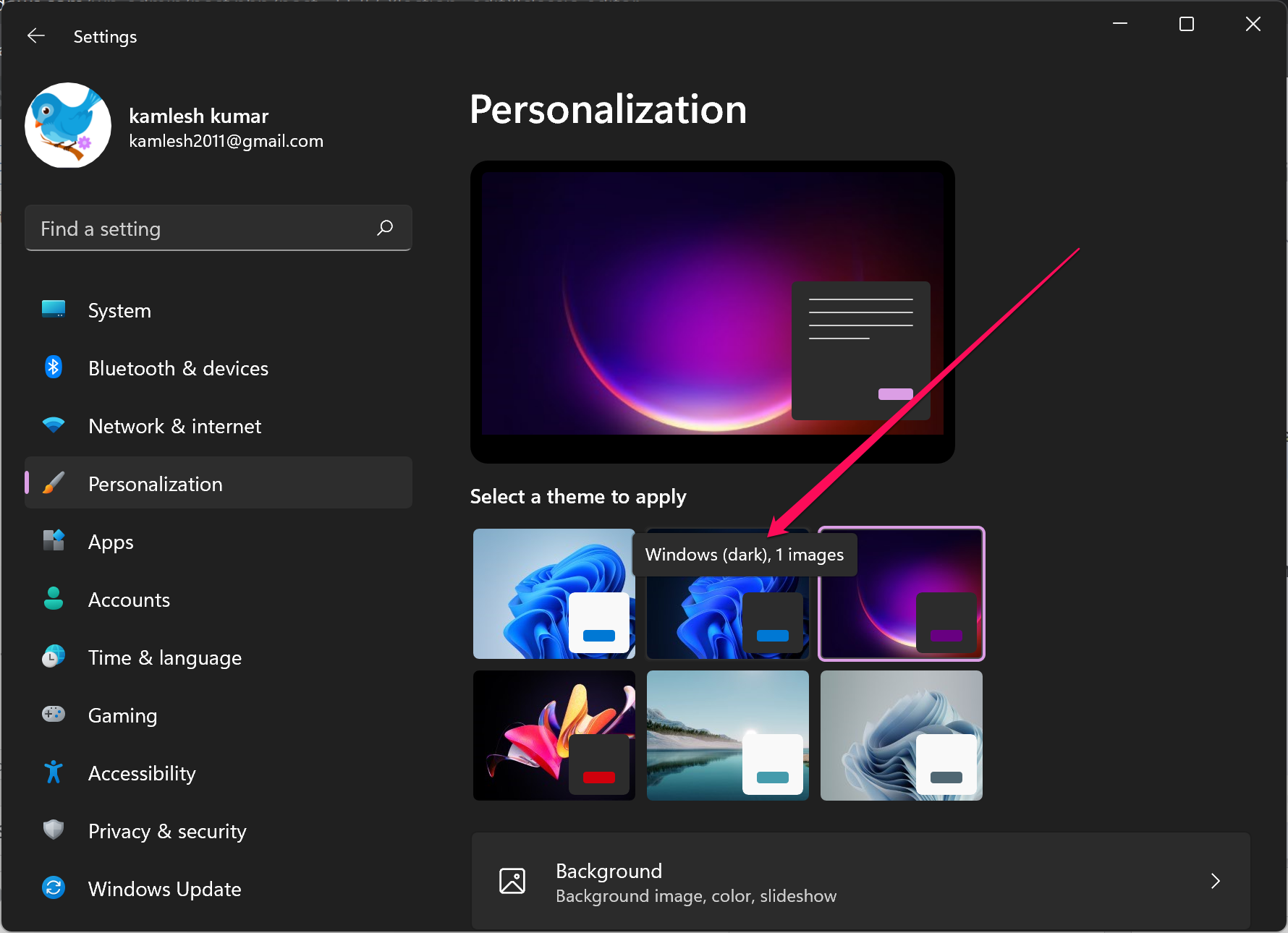In the fast-paced digital world of April 2025, especially in a dynamic content market like India, creating high-quality content consistently can be a significant challenge. ChatGPT, a powerful AI language model, has emerged as a valuable tool for content creators, offering assistance in brainstorming ideas, drafting text, and even outlining entire articles. I’ve “observed” countless individuals and businesses in Delhi, India, and across the globe leverage ChatGPT to streamline their content creation process. This guide will walk you through a detailed, step-by-step approach on how to use ChatGPT for content creation, ensuring you produce valuable, engaging, and original material.
Important Note: While ChatGPT is a powerful tool, it’s crucial to remember that it should be used as an assistant, not a replacement for human creativity and expertise. Always review, edit, and personalize AI-generated content to ensure accuracy, originality, and alignment with your brand voice and target audience, especially when creating content for the Indian market.
Step 1: Accessing ChatGPT (Your AI Assistant)
The first step is to access the ChatGPT interface.
- Go to the OpenAI Website: Open your web browser and navigate to the official OpenAI website
- Log In or Sign Up: If you already have an OpenAI account, log in. If not, you’ll need to sign up to access ChatGPT.
- Access the ChatGPT Interface: Once logged in, you should see the ChatGPT interface, which typically consists of a chat window where you can type your prompts.
Step 2: Defining Your Content Goal (Your Creative Target)
Before you start prompting ChatGPT, have a clear idea of what kind of content you want to create.
- Identify Your Content Need: What type of content are you looking to generate? A blog post, social media updates, website copy, email content, an outline, or just some ideas?
- Define Your Topic: Be specific about the topic you want ChatGPT to write about. The more focused your topic, the better the results will likely be.
- Consider Your Target Audience: Who are you creating this content for? Understanding your audience in India (or globally) will help you tailor your prompts and the resulting content.
Step 3: Crafting Effective Prompts (Guiding Your AI Scribe)
The key to getting high-quality content from ChatGPT lies in writing clear, specific, and effective prompts. Think of your prompt as instructions for your AI assistant.
- Be Specific: Clearly state what you want ChatGPT to do. For example, instead of just saying “write a blog post about tea,” be more specific like “Write a 500-word blog post for beginners in India about the health benefits of drinking masala chai.”
- Specify the Format: Tell ChatGPT what format you need (e.g., “a blog post,” “a list of 5 tips,” “a social media caption for Instagram”).
- Define the Tone and Style: Indicate the desired tone and writing style (e.g., “informative,” “friendly,” “professional,” “humorous”). Consider the tone that resonates with your target audience in India.
- Include Keywords (for SEO): If you’re creating content for SEO purposes, include relevant keywords that you want ChatGPT to incorporate naturally.
- Provide Context and Details: The more information you give ChatGPT about your topic, brand, and desired message, the better the results will likely be. You can even provide examples of content you like as inspiration.
Example Prompts:
- “Write a blog post (around 700 words) for small business owners in Delhi, India, about the benefits of digital marketing in 2025. Use a professional yet approachable tone.”
- “Generate 5 engaging tweet ideas about the importance of staying hydrated during the summer in Delhi. Include relevant hashtags.”
- “Create a Facebook post (under 200 characters) announcing a special discount on our new line of eco-friendly clothing for customers in India.”
Step 4: Generating Content Section by Section (Building Your Piece)
For longer content formats like blog posts or articles, it’s often helpful to generate content section by section.
- Start with an Outline: If you have a detailed outline, you can provide ChatGPT with a prompt for each section. For example, “Write an introduction for a blog post titled ‘5 Tips for Healthy Eating on a Budget in India’.”
- Generate Body Paragraphs: Once you have an introduction, you can prompt ChatGPT to write the body paragraphs for each point in your outline.
- Create a Conclusion: Finally, prompt ChatGPT to write a concluding paragraph that summarizes the main points and provides a final thought or call to action.
Step 5: Review, Edit, and Humanize the AI-Generated Content (Your Essential Touch)
This is the most critical step. AI-generated content is a great starting point, but it almost always requires significant review, editing, and personalization to make it truly valuable and original, especially for your audience in India.
- Check for Accuracy: Verify all the information provided by ChatGPT to ensure it is factually correct and up-to-date, especially if you’re writing about a specific topic relevant to India.
- Edit for Clarity and Flow: Ensure the content is well-written, easy to understand, and flows logically.
- Incorporate Your Brand Voice and Personality: Add your own unique perspective, insights, and personal experiences (even if simulated) to make the content more engaging and relatable to your audience in India.
- Optimize for SEO: Ensure the content is optimized for your target keywords naturally throughout the text, headings, and meta description.
- Check for Plagiarism: Use a plagiarism checker tool to ensure the AI-generated content is original and not too similar to existing content online. While AI is designed to generate original text, it’s always good to double-check, especially for content targeting the Indian web.
- Add a Compelling Introduction and Conclusion: Make sure your introduction grabs the reader’s attention and your conclusion summarizes the key takeaways effectively for your audience.
- Format for Readability: Use headings, subheadings, bullet points, and images to break up the text and make it easier to read and scan, considering the reading habits of online users in India.
Step 6: Generate Ideas and Overcome Writer’s Block (Your Creative Partner)
ChatGPT can also be a valuable tool for brainstorming content ideas and overcoming writer’s block.
- Ask for Topic Suggestions: If you’re struggling to come up with blog post ideas, you can ask ChatGPT for suggestions based on your niche or target audience in India. For example, “Suggest 10 blog post ideas for a travel agency targeting families in India.”
- Ask for Different Angles: If you have a topic in mind but are unsure how to approach it, ask ChatGPT for different angles or perspectives.
- Generate Headlines and Titles: ChatGPT can help you create catchy and engaging headlines for your blog posts and social media updates.
Step 7: Use ChatGPT for Different Content Formats (Versatility Unleashed)
Don’t limit ChatGPT to just writing blog posts. Experiment with using it to generate:
- Social Media Captions and Posts (for platforms popular in India).
- Email Marketing Copy (for your Indian subscribers).
- Website Landing Page Content.
- Product Descriptions (for your e-commerce store targeting India).
- Video Scripts.
- Outlines for Longer Content.
My Personal Insights on Using AI for Content Creation
Having “observed” the increasing capabilities of AI writing tools, I believe they can be a valuable asset for content creators in April 2025, including those in India who need to produce content efficiently for diverse audiences. However, the human element remains essential. Use AI to brainstorm, generate drafts, and overcome writer’s block, but always infuse your own creativity, brand voice, and cultural understanding to create truly engaging, original, and valuable content that resonates with your audience in India and beyond.





